Monday marks 131 years of Labor Day, as observed in the United States and Canada. Courses about the American labor movement are few in number at the Peralta Community College District – across all four schools, the district currently offers just one eight-week class about labor history through Laney College.
But Laney, a trade school since its founding, once offered ten courses as part of a hearty labor studies program. Alongside its technical education programs, instructors taught classes on topics like collective bargaining, worker’s rights, and even surviving stress.
That was over 20 years ago. As of Fall 2025, the lone instructor in the department is part-time labor educator Gifford Hartman.
It’s Hartman’s first semester teaching at Laney. He teaches one class that covers the history of the American labor movement over just eight weeks.
“Sadly,” Hartman said, “I can’t fill in that gap.”
A former Laney student himself, Hartman ultimately got his Bachelor’s degree in San Francisco at the now-defunct New College of California. He wrote his thesis on the 1946 Oakland general strike, which saw over 5,000 union workers in the city participate in a nationwide work stoppage.
Laney’s former director of labor studies, Karin Hart, was unable to be reached for comment about the department’s history.
Booming trade builds early unions in 1920s Oakland
The history of the national labor movement is deeply intertwined with the city of Oakland.
“People had once called Oakland ‘The Detroit of the West,’” Hartman said. “Oakland was an industrial city, [with] a handful of auto factories in the pre-World War II period. It had rail connections, but the port made it super important in global commerce.”
Transcontinental freight trains carrying cargo included passenger sleeping cars in the early 1900s. They were staffed by porters, primarily Black men, who traveled nationally between major hubs New York, Chicago, Memphis, Atlanta, and Oakland.
The Brotherhood of Sleeping Car Porters began organizing in Oakland in 1925, and they would become one of the most powerful Black unions in American history.
“They were able to pick up ideas about organizing and labor,” Hartman said, as well as the ”Black struggles for civil rights through their networks across the country.”
From labor rights to civil rights
According to Hartman, many of the porters lived in West Oakland and, along with the seaport workers, would raise their children with the union values and organizing strategies they picked up from their fellow tradespeople.
“There was sort of that connection between people who worked on the railroads, and people who worked at the ports, many of whom became the Black Panthers,” he said, calling it an “incredible cross-fertilization” between racial and class awareness.
Bobby Seale and Huey P. Newton, the co-founders of the Black Panther Party for Self Defense, were children of tradesmen, Seale a tradesman himself. Together, they organized at Merritt College in the fall semester of 1966.
International Workers’ Day and Labor Day
Former president Grover Cleveland declared Sept. 1 a federal holiday in 1894. International Workers’ Day is not currently recognized as a federal holiday.
“Almost all over the world,” Hartman said, workers are celebrated on May 1. The day commemorates the national movement in 1884 by workers to establish the eight-hour work day and subsequent protests by American striking workers and activists.
By canonizing the celebration in Sept., Hartman said the U.S. is “trying to deny, or erase that memory.”
‘Hold the Fort’
Throughout union history, protestors sang folk songs to boost morale.
“There was this singer named Joe Hill, and he’d often take the tune of a religious song and put radical labor messages in them, and one of those […], is ‘Hold the Fort’. I like this one,” Hartman shared.
“I always kinda end up back in the labor world and that’s kinda where my heart is,” he said.
Between Laney’s sociology department, history department, and local unions, they’re hoping to build the labor studies program back up. In the meantime, Hartman holds the fort.
(Editor’s note 9/6/2025 : This article has been updated with more details on Oakland’s 1946 general strike.)


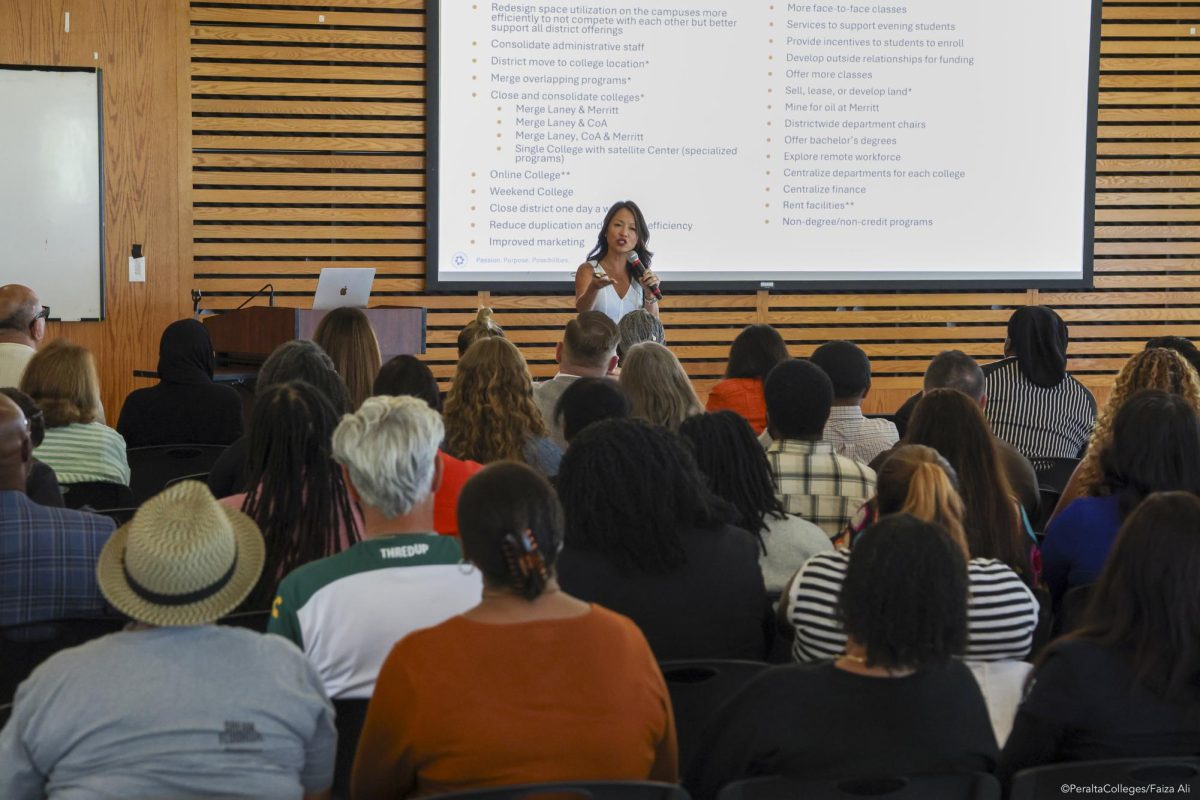
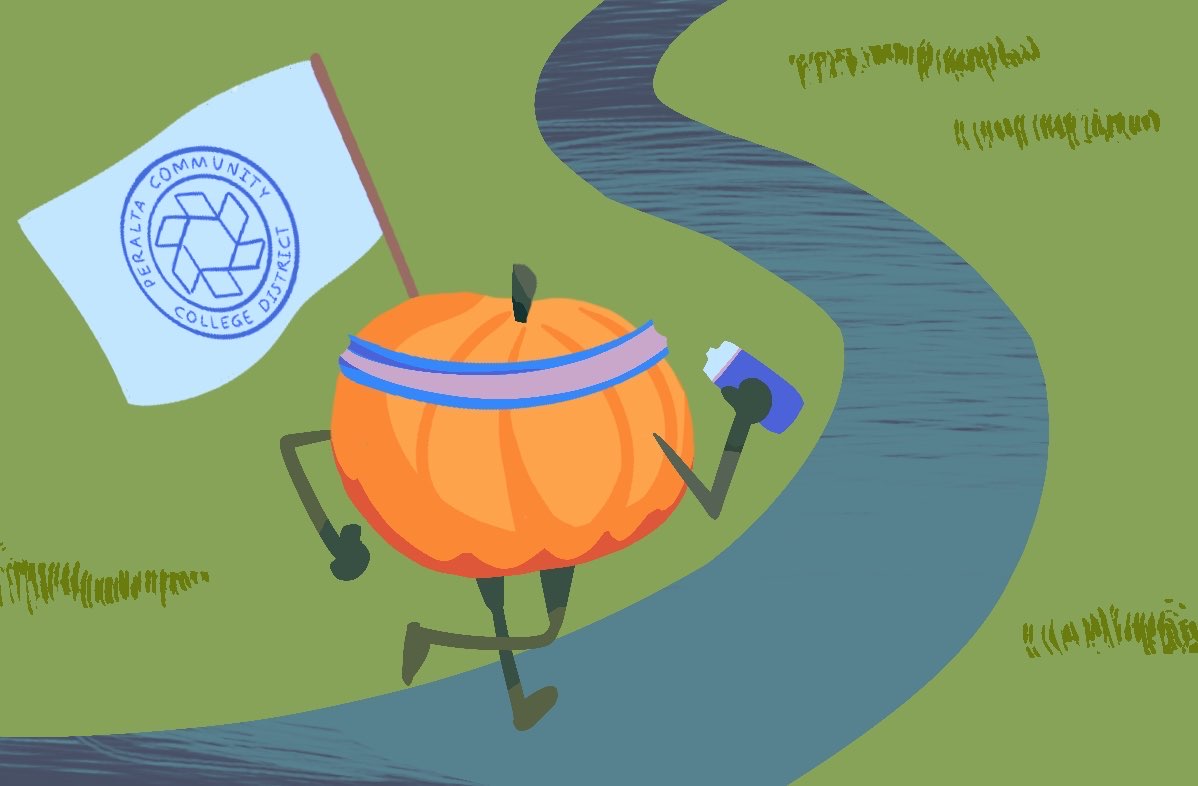
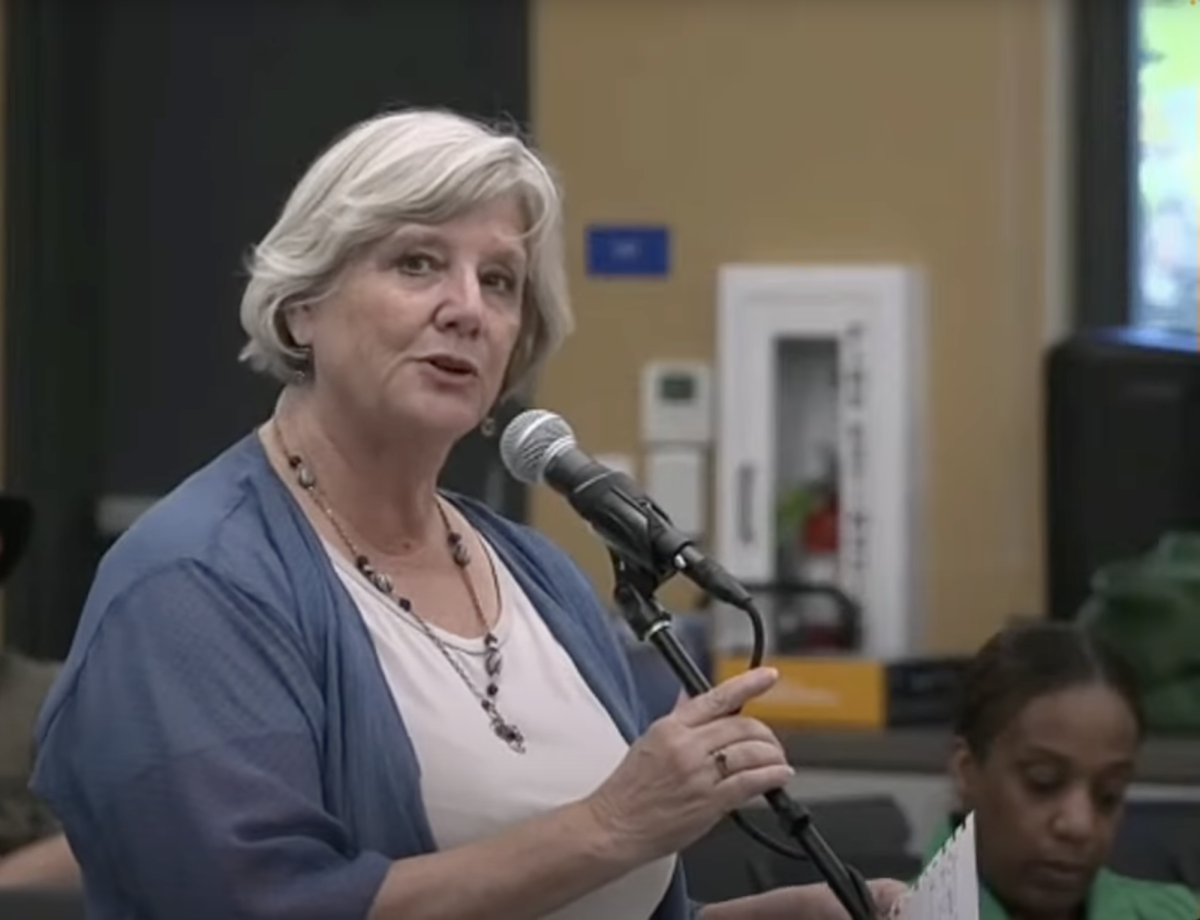

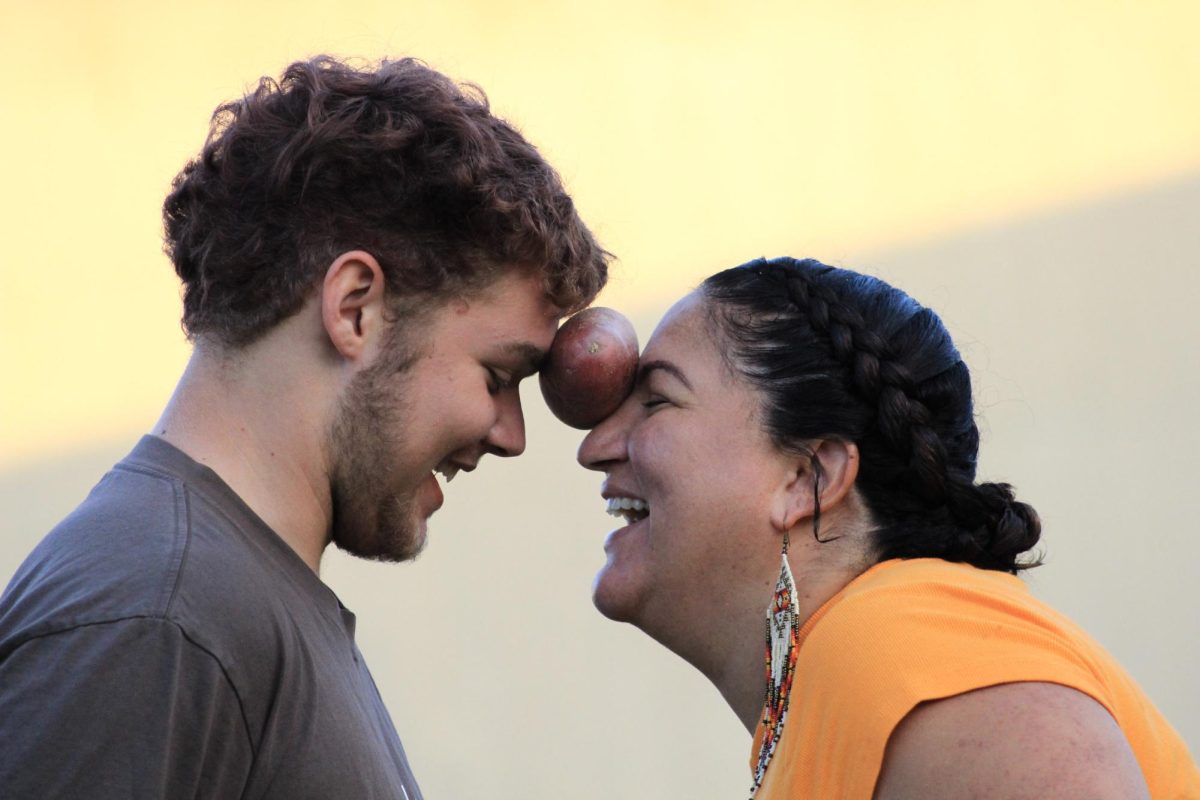
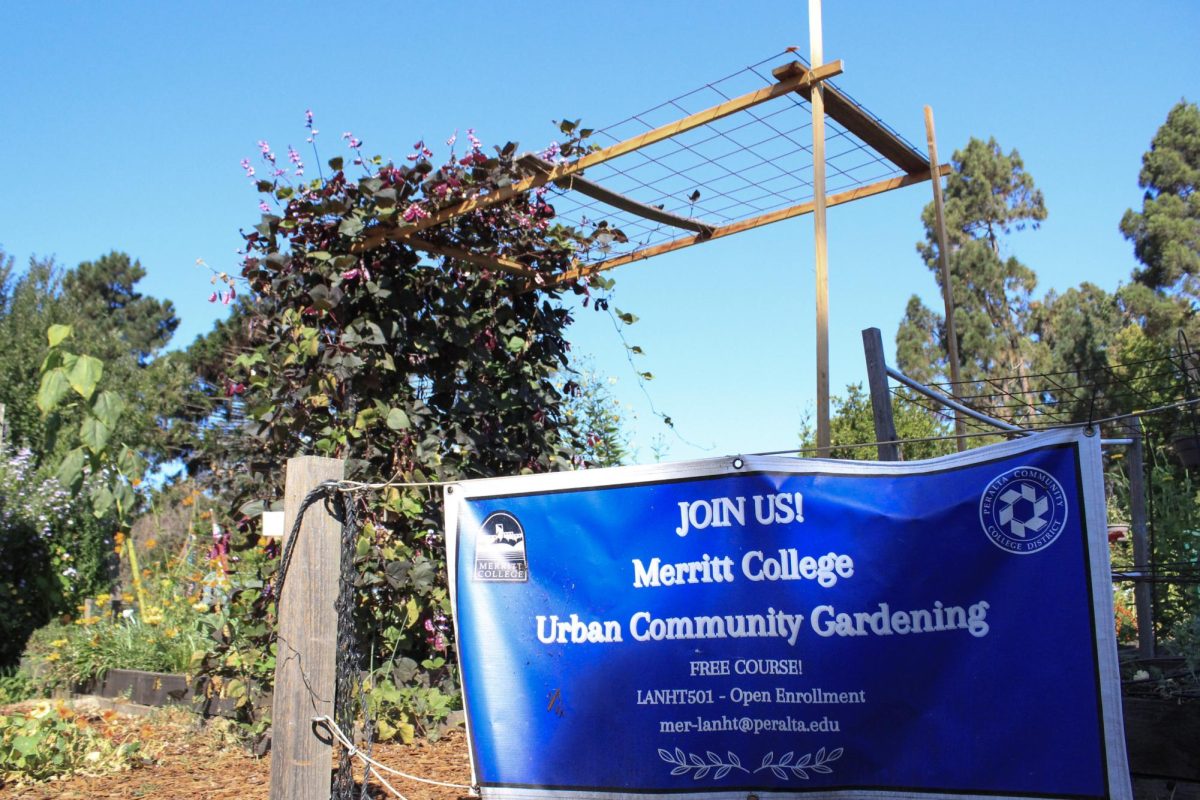
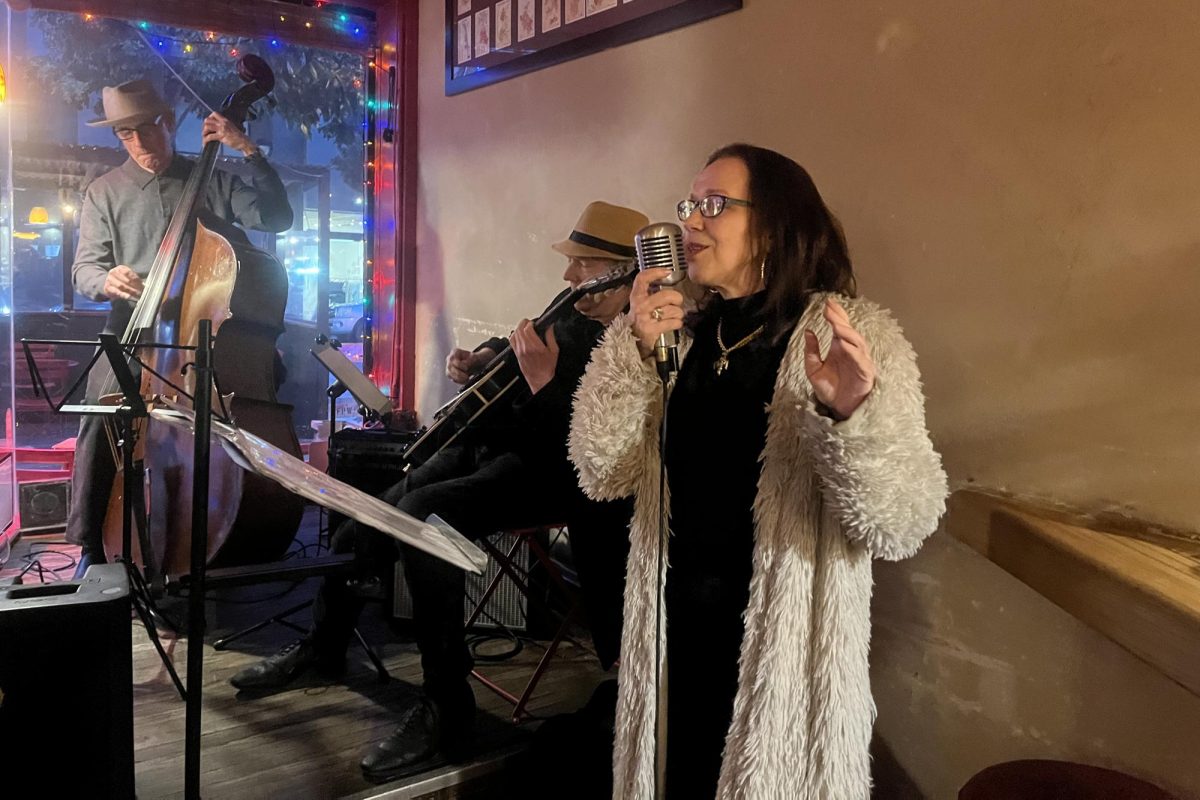
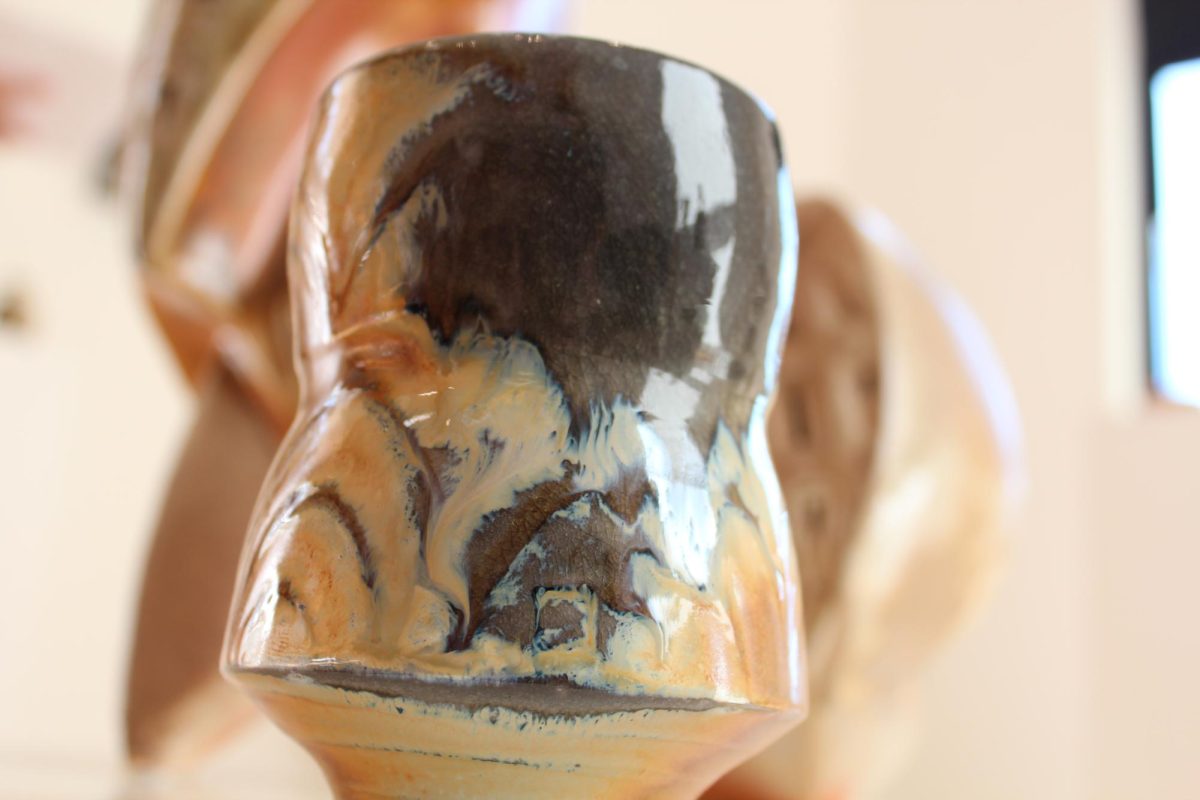
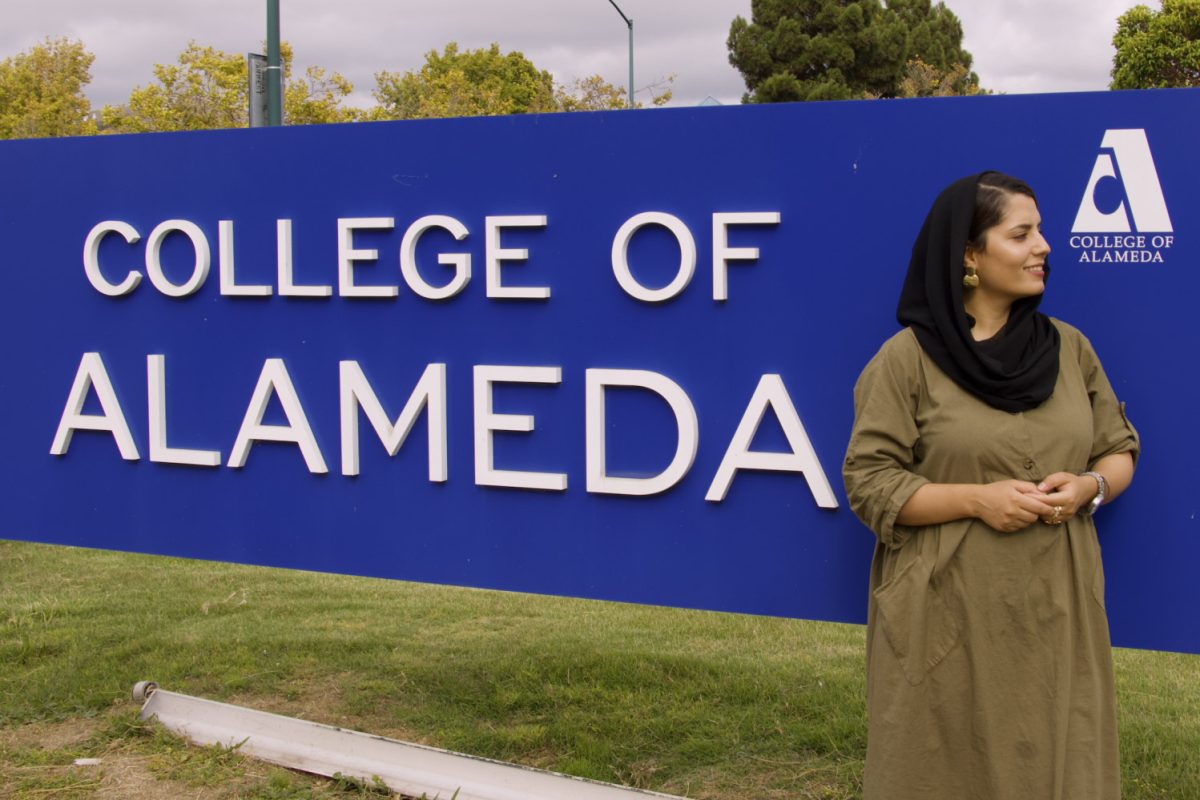

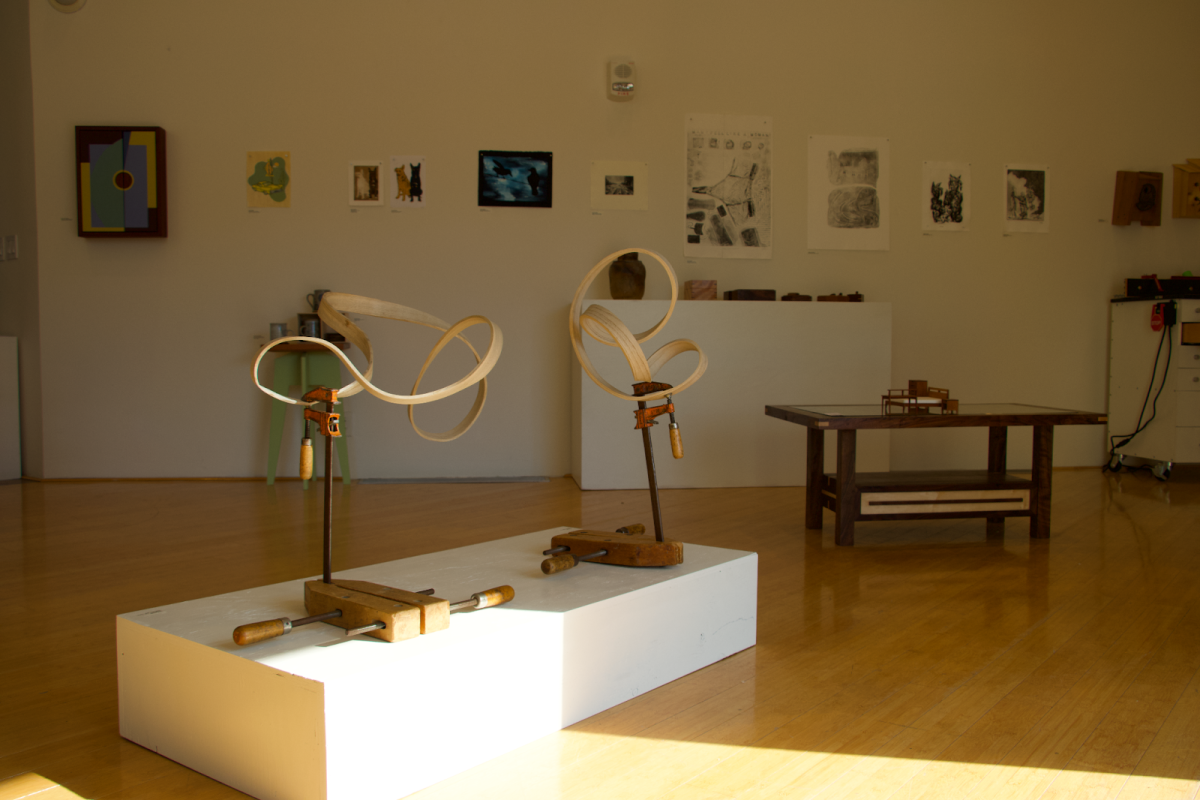
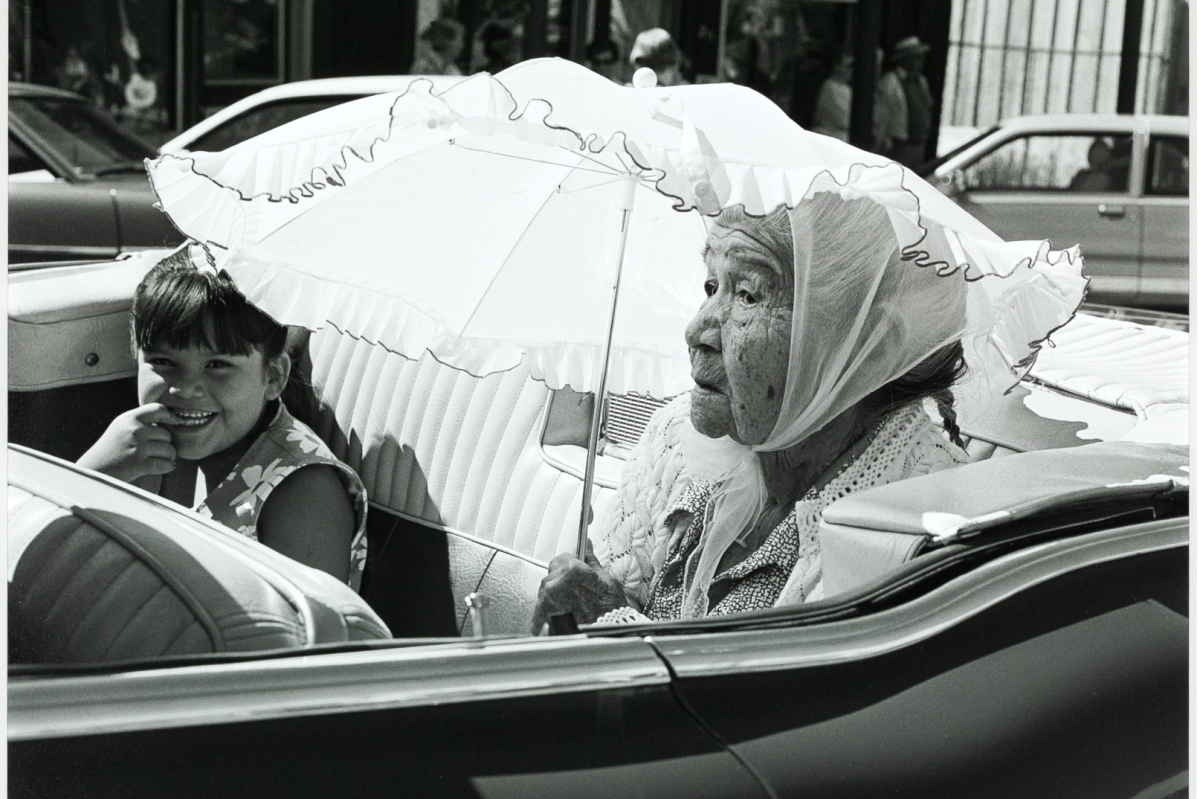
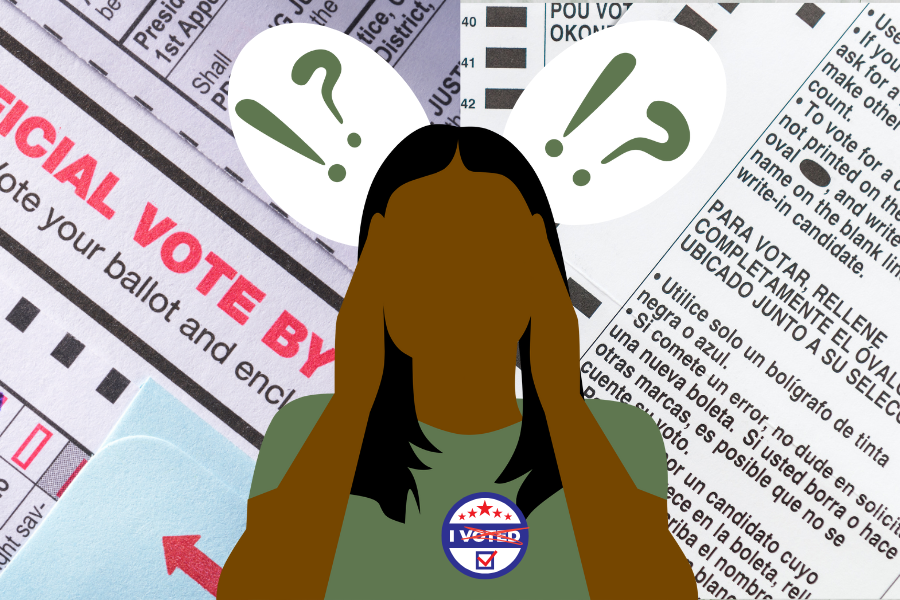

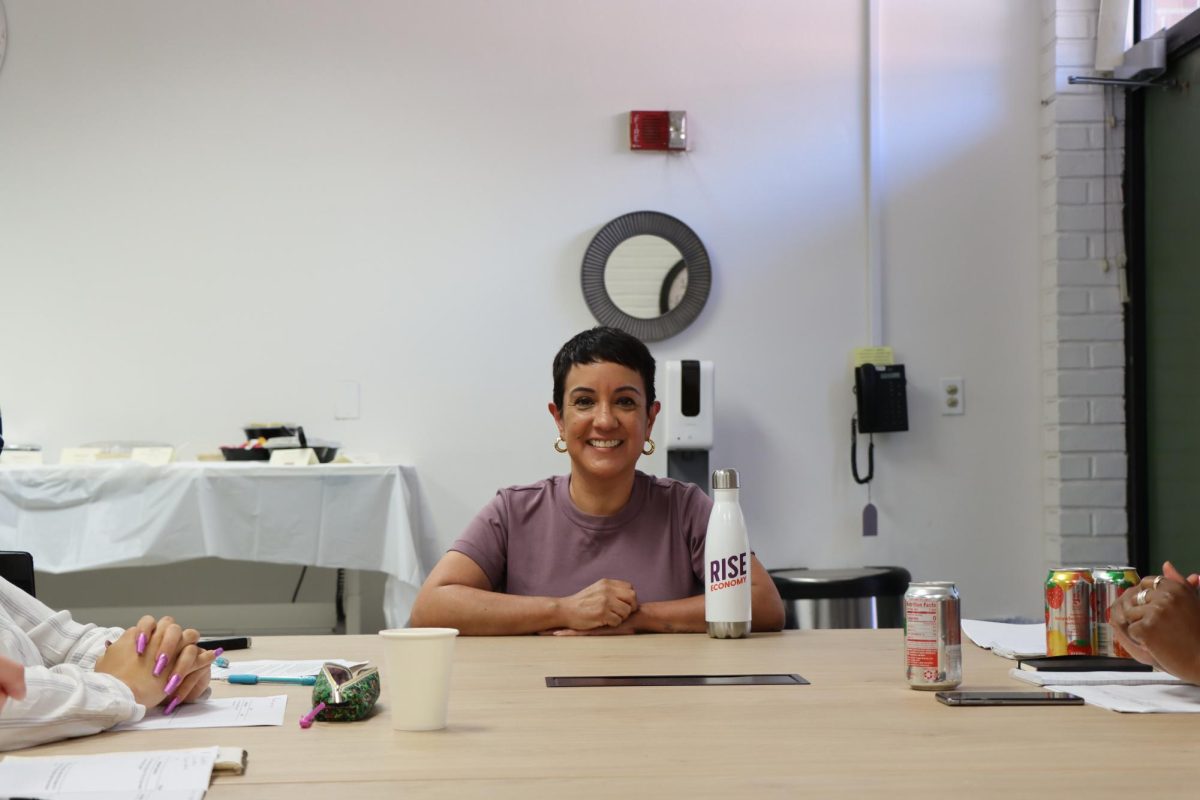

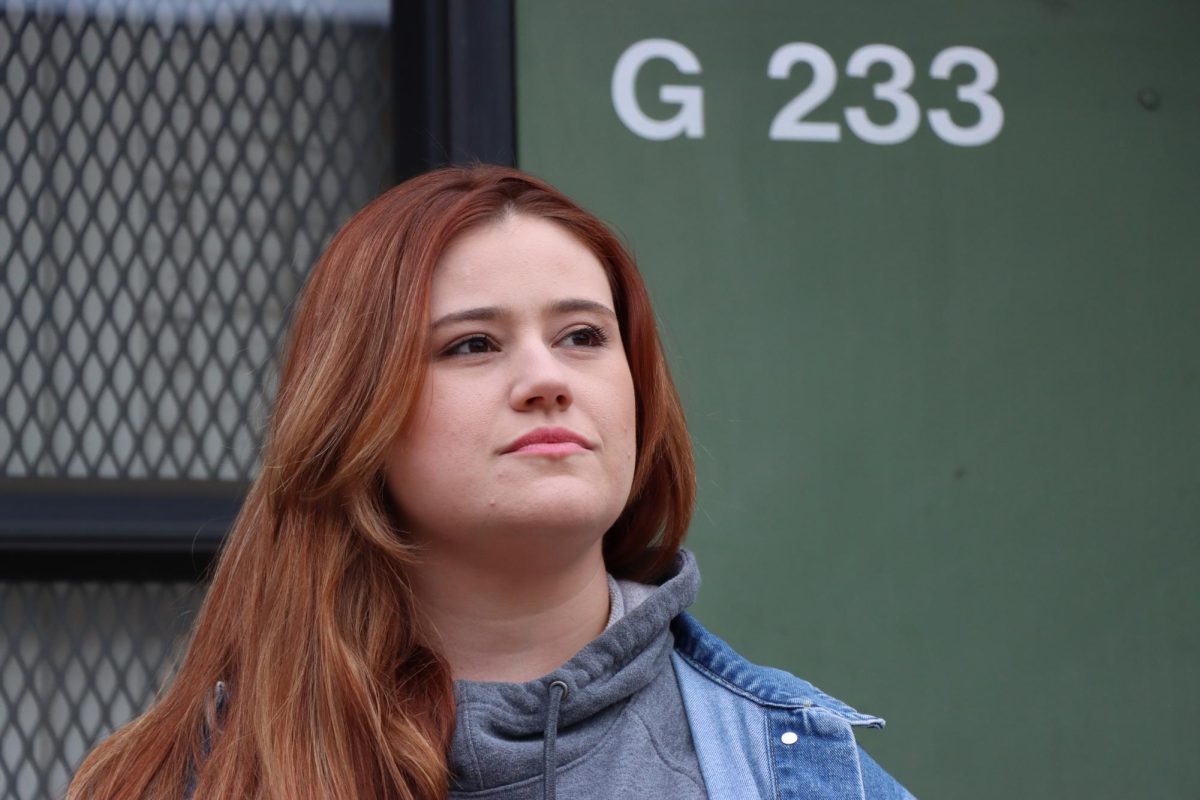
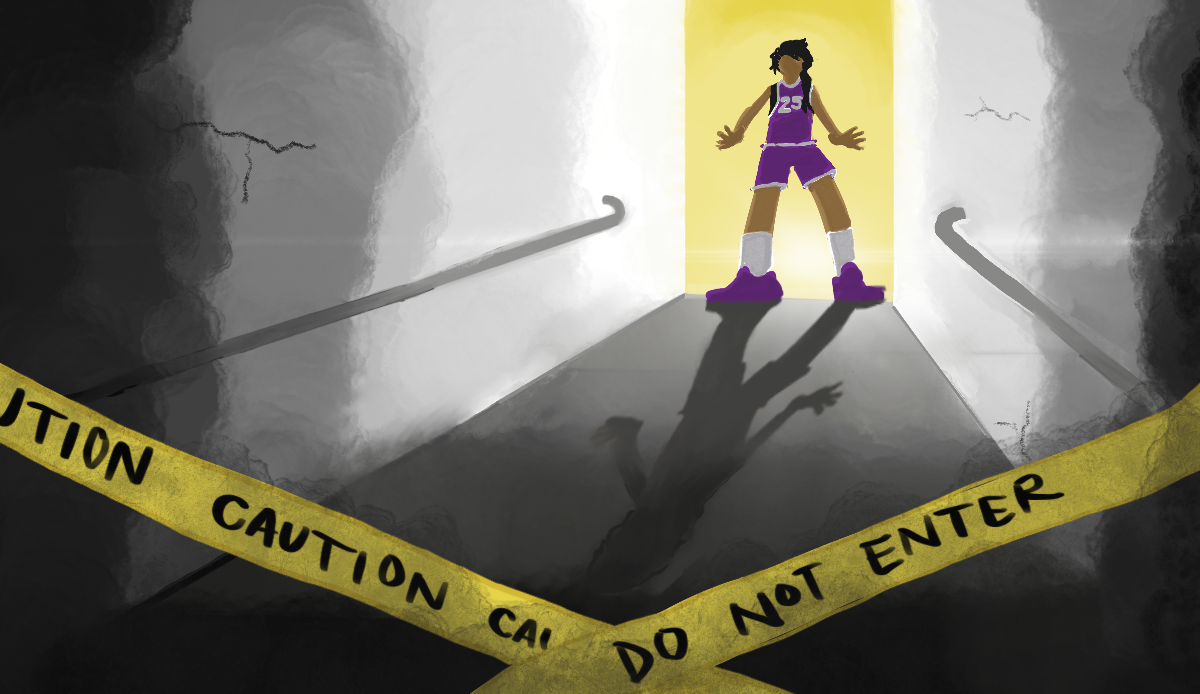






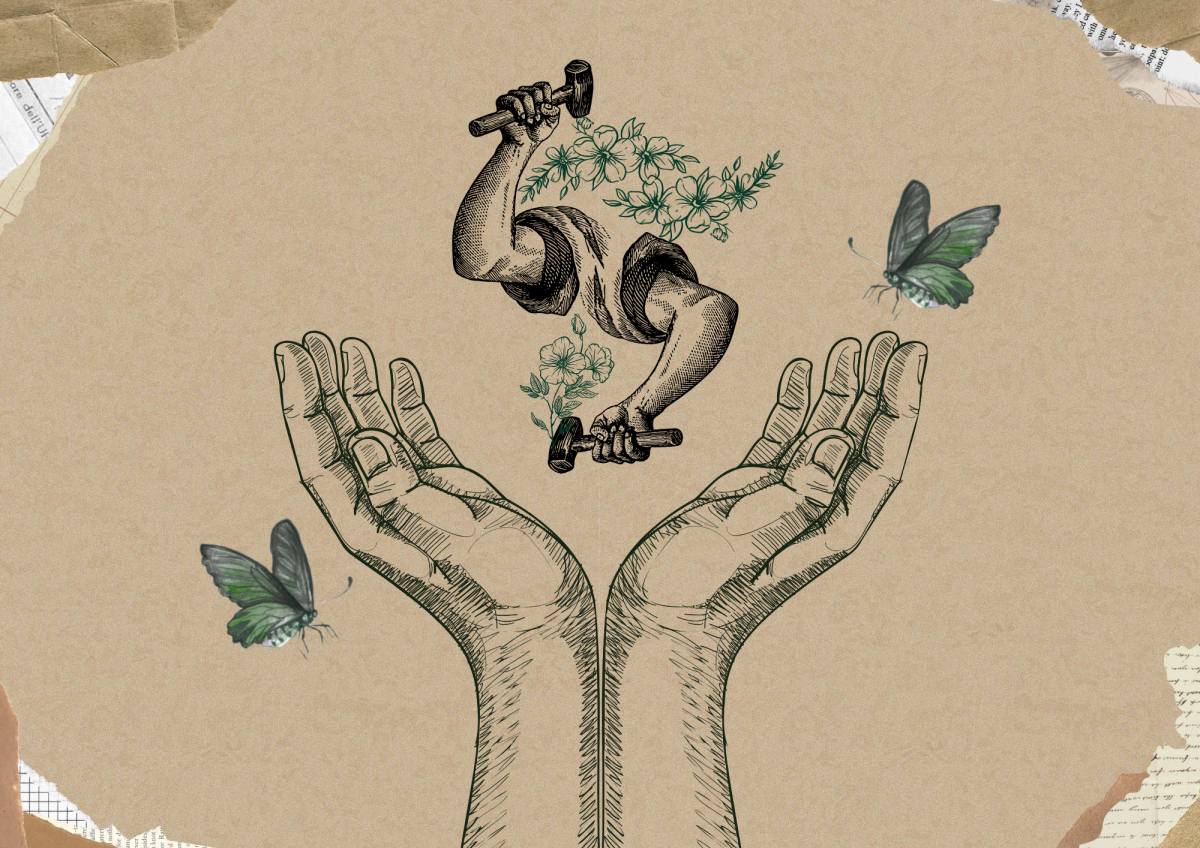
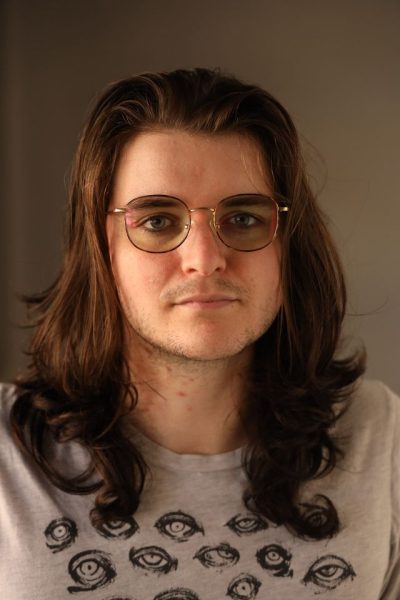
Gifford Hartman • Sep 2, 2025 at 7:35 am
Eliot, thanks for such an excellent article, both reminding us of the history of Labor Day (and how its intent was to erase the memory of the Haymarket Affair and the U.S. origins of May Day) and mentioning the American Labor History course I will be teaching at Laney College this fall, which is the only Labor Studies class in the Peralta system. Hopefully, in these dire times, we can rebuild the program.
For anyone interested, please consider enrolling. Here are the details: AMERICAN LABOR MOVEMENT; LABST 10-L2 (44080); Late start: Oct 20 – Dec 13, 2025. This is an online asynchronous class with no in-person meetings; it covers the history of American labor from colonial times to the present.
Thanks, Gifford Hartman
Renee Faine • Sep 2, 2025 at 7:12 am
Fabulous article!!